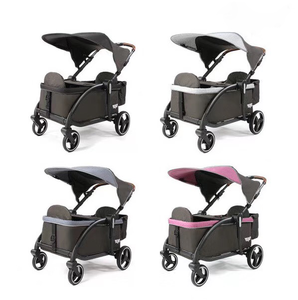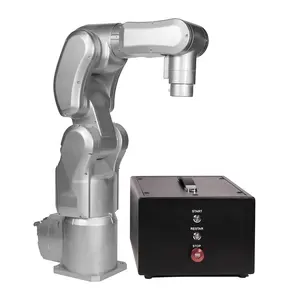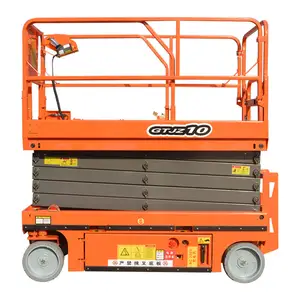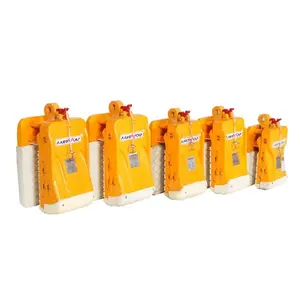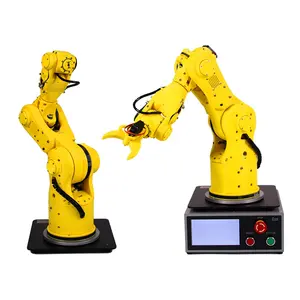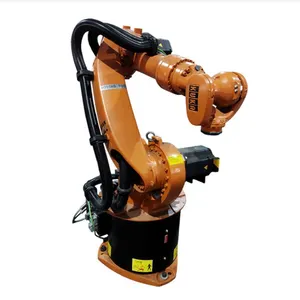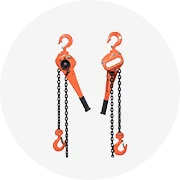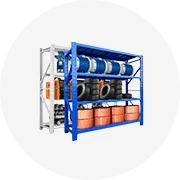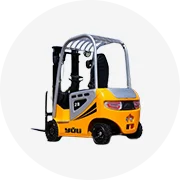A child's wagon is a small wheeled vehicle for children's transportation. There are various kinds of wagons available, each designed to cater to different needs and preferences. Most wagons typically have a handle at the front, allowing an adult or older child to pull the wagon. They often have sturdy wheels and a simple design, making them easy to maneuver. Push wagons have a handle at the back, allowing parents or caregivers to push the wagon while walking. These wagons may have additional features like a seat, canopy, or storage compartments. Folding wagons are designed for easy storage and transportation. They can be collapsed or folded down to a compact size, making them convenient for trips or limited storage spaces. All-terrain wagons have sturdy wheels and a durable frame, making them suitable for rough or uneven surfaces. They are designed to handle various outdoor terrains, such as sand, grass, or gravel. Some wagons are designed with versatility in mind. They may have removable seats or canopies, transforming them into a flatbed cart or a beach wagon. Antique child’s wagons are a popular kind of wagon many buyers seek.
Ages for a child’s wagon
The appropriate age for a child to use a wagon can vary depending on the specific wagon and the child's development. Some
child’s red wagons are explicitly designed for toddlers and can be used as early as 1-2 years old, with proper adult supervision. These wagons often have features like seat belts, high sides, and a low center of gravity for added stability. As children grow older, around 3-5 years old, they may be ready for wagons with slightly higher sides and more seating options. These wagons can accommodate multiple children and may have additional features like storage compartments or a canopy for sun protection. Older children, typically around six and older, may still enjoy using wagons for outdoor activities or trips. At this age, they can handle wagons with larger capacities and more advanced features, such as foldable or collapsible designs, for more accessible storage. It is essential to consider the individual child's physical abilities, coordination, and maturity level when determining if they are ready to use a wagon. Additionally, adult supervision is always recommended, regardless of the child's age, to ensure their safety and well-being while using a wagon.
Safety and child's wagon
Child equipment, such as a
child wagon strollers, should always be used safely and according to guidelines for several vital reasons. Firstly, following safety guidelines ensures the well-being and protection of the child. Guidelines are developed based on extensive research and testing to minimize the risk of accidents, injuries, and potential harm. Secondly, using child equipment safely promotes proper development and growth. Age-appropriate equipment and correct usage support a child's physical, cognitive, and social development, fostering their skills and abilities. Additionally, adherence to guidelines sets a positive example for children, teaching them the importance of safety and responsible behavior. It establishes a foundation for lifelong habits and attitudes towards safety. Lastly, using child equipment safely helps to prevent accidents and liability issues. By following guidelines, parents and caregivers can minimize the risk of injuries and potential legal consequences of negligence. Overall, prioritizing safety and following guidelines when using child equipment is crucial for children's well-being, development, and protection, as well as for promoting a responsible and safe environment.
Child wagong versus stroller
Child wagons and strollers are popular options for transporting young children but differ in design and functionality. When looking at a
child’s wagon from Walmart for example one will notice that they typically have bench-style or bucket seats, accommodating multiple children. On the other hand, strollers have individual or single seats suitable for one or two children. Strollers are generally easier to maneuver, especially in crowded areas or tight spaces, due to their swivel wheels and lightweight frames. Some wagons may have larger wheels and be more suitable for outdoor terrains. Strollers often have storage compartments or baskets underneath the seats for carrying essentials like diapers, snacks, or toys. Wagons may have storage areas or pockets but generally offer less storage space. Strollers are designed to fold easily, making them convenient for transportation and storage. Wagons, mainly folding wagons, can also be collapsed, but they may be bulkier and less compact when folded. Strollers typically come with adjustable features like reclining seats, adjustable handles, and canopies for sun protection. Wagons may have additional features like removable seats or canopies, offering more versatility. Ultimately, the choice between a wagon and a stroller depends on intended use, terrain, storage needs, and personal preferences. Consider the specific features and benefits to determine which option best suits your needs.






















